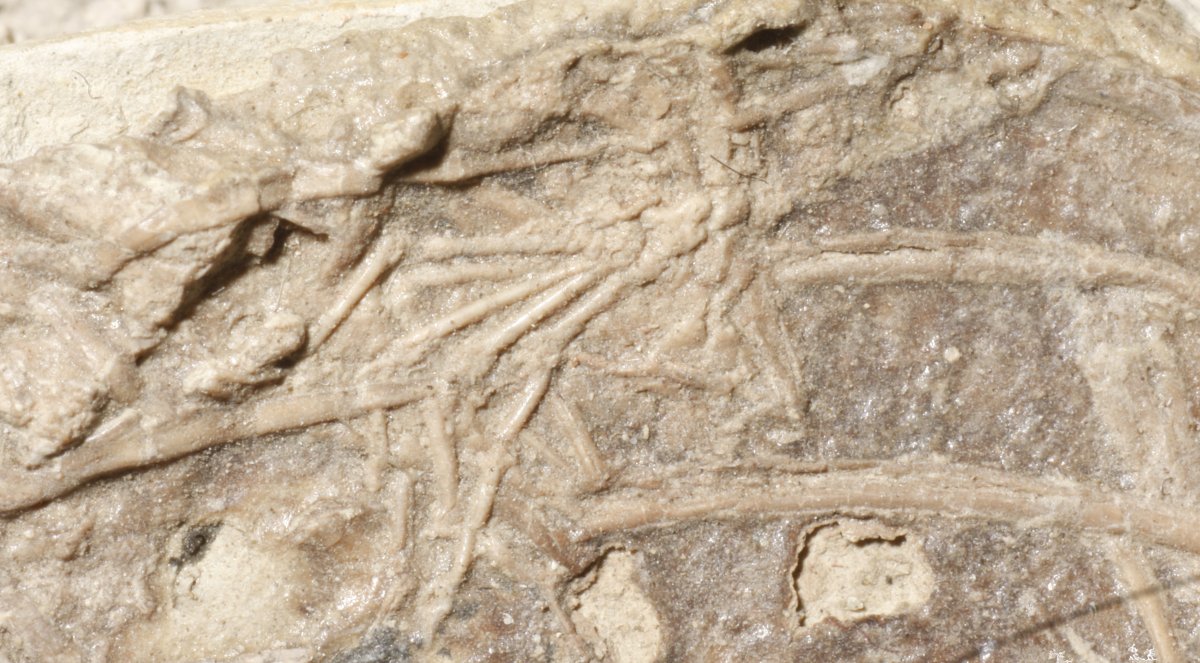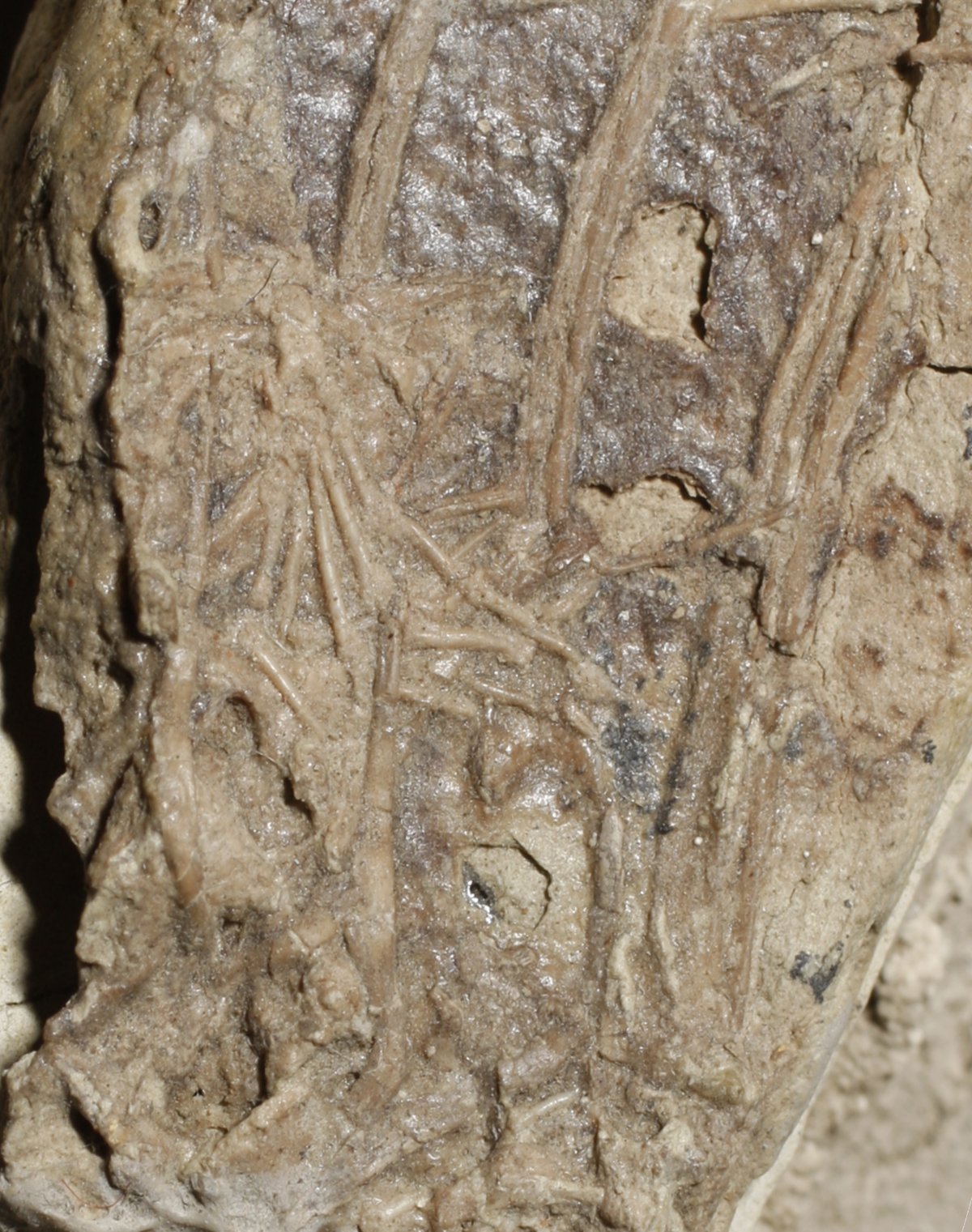New fossil evidence sheds light on the eating habits of a small dinosaur that was found with a mammalian foot inside it.

The gut contents of a Microraptor zhaoianus — or microraptor, for short — showed rare evidence of what the small, feathered dinosaur ate during the Cretaceous period, about 120 million years ago.
The findings were recently published in the Journal of Vertebrate Paleontology.
“It’s rare and special to find a dinosaur skeleton that preserves gut contents or, really, any kind of direct evidence of interaction with another type of animal,” said University of Alberta paleontologist and the study’s co-author, Corwin Sullivan.
The microraptor’s gut contained the foot of a small mammal, about the size of a mouse.
The first microraptor ever discovered back in 2000 revealed stomach contents of fish, lizard and bird, proving the diversity of the dinosaur’s diet.

Get daily National news
Given their small stature – about the size of a modern day crow – microraptors weren’t out hunting large herbivores they shared their environment with, said Sullivan. It’s unclear to researchers whether it was a predator-prey relationship.
Microraptors, which hail from a lush, forested region in what is now China, are not the first ancient species to be found with mammal matter in their guts.
“There’s only one previously known example of a dinosaur skeleton with mammalian gut contents, also from the Early Cretaceous of northeast China, so our Microraptor specimen provides rare additional evidence that mammals were on the menu for some dinosaurs,” said Sullivan.
Microraptors have blade-like teeth, typical of carnivorous dinosaurs, and its jaw proportions suggest it “was quite capable of capturing and killing small vertebrate prey.”
While it’s not everyday a paleontologist comes across dinosaur fossils with gut contents, Sullivan said there are dozens of cases that show a diverse range of food matter that was consumed by these ancient creatures and provides a fuller picture into what environments and ecosystems were like millions of years ago.
“I think it’s fair to say that Microraptor is the only dinosaur for which we have evidence, from different individuals, of feeding on fish and lizards and mammals and birds! That’s quite a varied diet.”










Comments